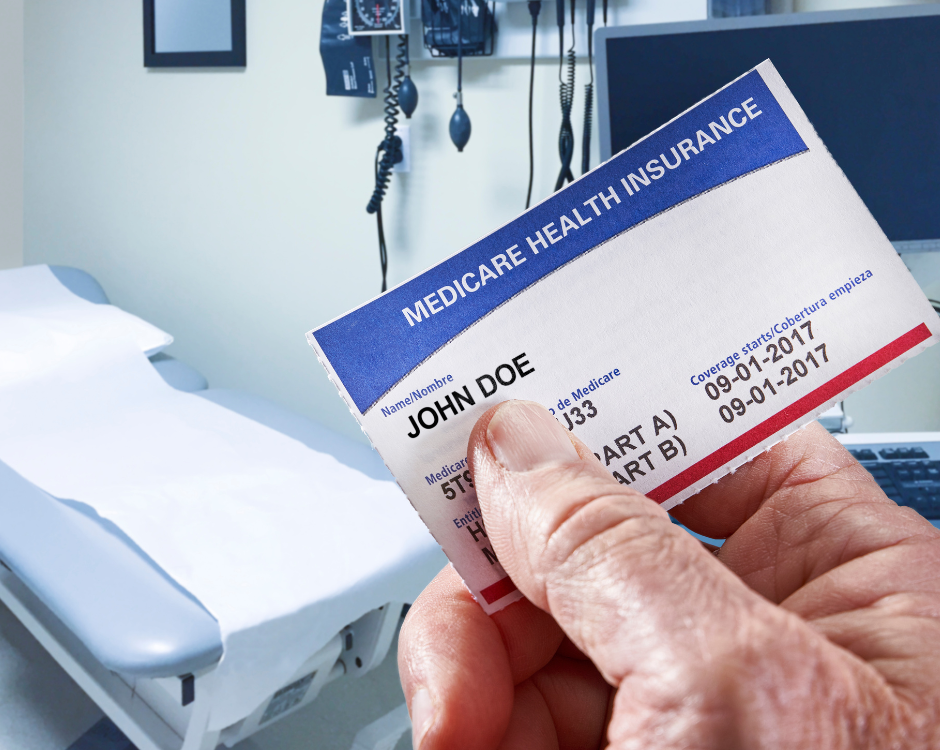- Licensed & Approved Agency in Multiple States
- (888) 901-4870
- (404) 996-0045

Term Life Insurance: What Seniors Need to Know
December 28, 2015
Medicare Plan Choices
January 11, 2016Health Savings Accounts (HSAs): Time to brush up
Health Savings Accounts (HSA’s) first hit the scene back in 2004, and since that time they’ve grown at a steady pace. Every year, more and more agents like myself, have jumped on board with consumer-directed health plans and Health Savings Accounts plans in particular. Still, not every agent is a fan. It’s not easy to create conscientious healthcare consumers. Americans have shown an unwillingness to save their money, and, without up-front co-payments, some people go without needed care.
But, like it or not, consumers are gravitating towards high deductible health plans (HDHPs) these days. At the bronze level, which price shoppers tend to gravitate to, that’s really all that’s available in the individual market. Many of those who aren’t receiving a subsidy have trouble affording anything else.
What that means, of course, is that the client needs to understand how Health Savings Accounts work so that they’re fully equipped to use it. In this post, we’ll provide a general overview of these tax-advantaged accounts. For more information, you may want to take a look at IRS Publication 969.
Contribution Amounts
HSA’s give people a way to set aside pre-tax dollars to pay for future medical expenses. The contribution amount is capped on an annual basis but typically goes up each year. In 2018, people with single coverage can deposit $3,450 and people with family coverage can contribute $6,850. Those age 55 and older can contribute an additional $1,000 per year in catch-up contributions.
HSA Contribution Limits & Deadlines
Open Deadline: April 15th of next year, no extension.
Fund Deadline: April 15th of next year, no extension.
Annual contribution limit may be affected by the number of months that you have an HDHP in a given tax year.
You cannot use HSA funds to pay for expenses incurred prior to opening the account.
| Year | Contribution Limit (Single) |
Contribution Limit (Family) |
Additional Catch-Up Contribution (55 or older, Single and Family) |
|---|---|---|---|
| 2018 | $3,450 | $6,850 | $1,000 |
| 2017 | $3,400 | $6,750 | $1,000 |
Eligibility
To contribute to a Health Savings Account, you must be an adult who is not claimed as a dependent on someone else’s taxes, have an eligible High Deductible Health Plan and not have other coverage that pays for medical expenses prior to the minimum deductible. That “other coverage” that isn’t allowed could be a government program like Medicare or Medicaid, a spouse’s group health plan or another tax-advantaged account like an FSA or HRA.
High Deductible Health Plan
Some would say that nearly all plans these days are high deductible health plans, but there’s an actual definition. An HDHP is a plan with a minimum deductible of $1,350 for single coverage and $2,700 for family coverage and a maximum out-of-pocket of $6,650 for single coverage and $13,300 for family coverage. Those limits are also trending up.
2018 HDHP Minimum Deductible:
- For a single individual, an HSA-qualified health plan in 2018 must have a deductible no lower than $1,350.
- For a family, an HSA-qualified health plan in 2017 must have a deductible no lower than $2,700.
2018 HDHP Maximum Out of Pocket:
- For a single individual, the maximum out-of-pocket exposure on an HSA-qualified health plan cannot exceed $6,650.
- For a family, the maximum out-of-pocket exposure on an HSA-qualified health plan cannot exceed $13,300.
Eligible Expenses
The pre-tax funds in an HSA are meant to replace the up-front co-payments that most people are familiar with, but you can actually use HSA money for a wide range of eligible expenses, including dental and vision. IRS Publication 502 provides a pretty good list of eligible 213(d) expenses. HSA money can even be used for family members’ eligible expenses (spouse and tax-dependent children), whether they’re covered under the primary’s High Deductible Health Plan or not.
Partial Year Contributions
One thing that really confuses people about HSA’s is the contribution amount if they only have a qualified plan for part of the year. The rules actually differ based on when the individual is covered by the High Deductible Health Plan.
- Coverage ends before December 1: If you have HSA-qualified coverage for one or more months during the year but that plan ends before December 1st, you must prorate your contribution based on the number of months you were actually covered. For instance, if you had a qualified plan for the first six months of the year but then lost your coverage or switched to a copay plan, you could contribute 50% of the maximum amount.
- Covered on December 1: If you have HSA-qualified coverage on December 1st, you can contribute the full single or family maximum, depending on what type of coverage you have at the beginning of December, even if you only had coverage for part of the year. However, you must remain HSA-eligible for the entire next calendar year or face a ten percent penalty on the excess contributions. This is known as the testing period.
Tax Implications
People participate in Health Savings Accounts, obviously, for the tax advantages. Those who contribute through payroll deductions get an instant tax break, but any money individuals deposit directly into their accounts can be deducted when they file their taxes.
When people have an HSA, they do have some additional tax responsibilities. For instance, HSA account holders must file form 1040 or 1040-A rather than form 1040-EZ. They must also complete form 8889, which provides the IRS with information about the HSA contributions and deductions during the year.
If you spend HSA money on ineligible expenses, you will pay taxes plus a 20% penalty on those amounts. As already mentioned, there are other penalties that could kick in if you contribute more than allowed or fail to maintain eligibility during a testing period.
HSA’s and Medicare
If you have an HSA and will soon be eligible for Medicare, it is important to understand how enrolling in Medicare will affect your HSA.
If you enroll in Medicare Part A and/or B, you can no longer contribute pre-tax dollars to your HSA. This is because to contribute pre-tax dollars to an HSA you cannot have any health insurance other than an HDHP (high-deductible health plan). The month your Medicare begins, your account overseer should change your contribution to your HSA to zero dollars per month. However, you may continue to withdraw money from your HSA after you enroll in Medicare to help pay for medical expenses, such as deductibles, premiums, co-payments, and co-insurances. If you use the account for qualified medical expenses, its funds will continue to be tax-free.
Healthcare Consumerism
Health Savings Accounts were created as part of the trend toward healthcare consumerism. The idea is that people who are responsible for a greater share of their medical costs will make better buying decisions: they’ll shop for lower-cost services and prescription drugs; they’ll have candid conversations with their providers about diagnostic tests and recommended treatments and they’ll adopt healthier lifestyles. There is some evidence that those things actually do happen, though it’s not immediate.
Again, these plan designs are pretty commonplace now—and becoming more so every day—so you may need some guidance, not just on your health plan, but also on the account you can pair with your plan.
There is more to learn about the benefits of a Health Savings Account, spending a little time brushing up on the rules will serve you well in 2018 and beyond. For more information, please visit us at our contact us page. Thank you.




